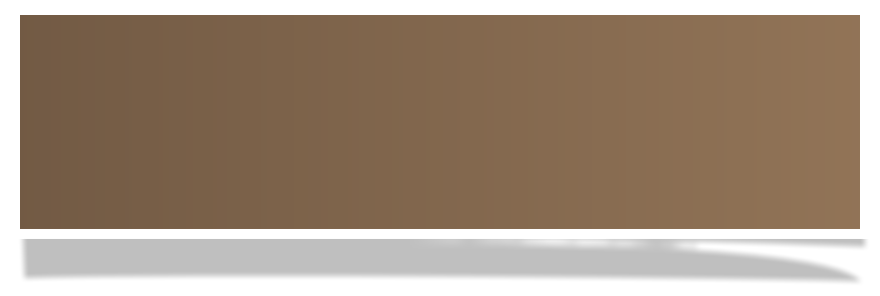

Falmouth Field Course 2017



The views and opinions expressed on this website are not necessarily those expressed by the University of Southampton or the National Oceanography Centre. They are purely representative of the authors of this website.



Sidescan Sonar
Introduction
Sidescan Sonar devices are used to create bathymetry maps based on the intensity of reflected acoustic backscatter from the ocean floor. Our surveying aimed to establish a geological and topological understanding of seabed conditions in our selected area.
Methodology
The survey team arrived at site MB2_02_1 (50o01.7’N,05o10.1’W) at 12:25 UTC. The towfish was then deployed from the stern to begin the transects. The team was split into observers, who kept watch for passing vessels and bubble contamination, two navigators, and two side scan operators to oversee the paper traces and note down interesting features or boundary changes. The towfish was kept in the water for all four transect lines.
Limitations
The biggest limitation of the side scan sonar system was its vulnerability to bubble contamination. For example, if large vessels passed too closely to the towfish, it would register the bubbles created from the wake of the boat as they reflect the acoustic waves, resulting in the false artefacts on the trace paper. The other main limitation is the indiscriminate data collection making detailed identification difficult where an darker area could suggest a change in substrate though in reality could just be changes to macroalgae densities. This was mitigated by the camera footage however this too had a limited survey area.
Example bedforms from our bathymetry paper trace.
Transect Table


| Biology |
| Chemistry |
| ADCP Transects |
| Physics |
| Biology |
| Chemistry |
| Physics |
| Sidescan Sonar |
| Video Surveys |